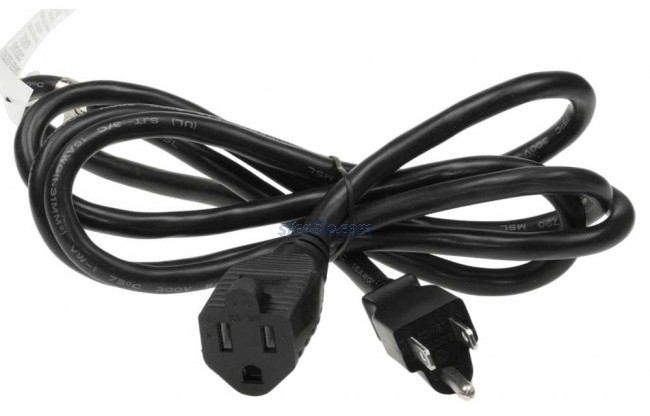Overloading Extension Cords causes Accidents, the Fire Department Warns
The Waynesboro Fire Department warned all its citizens about the danger extension cords can pose if overloaded. The warning was issued after an accident that took place in the city recently. This incident happened in a camper in an alley behind a residential complex, 300 block of the Market Avenue. An extension cord caught fire at the night as it overheated itself after an overload. As a result, the quilt upon which it was set caught the fire and it spread further causing a major damage to the property according to the fire department’s reports.

The quilt was on the ground underneath the camper’s backend which let the fire to stretch to the rear underside of the camper. Though the firefighters were informed immediately and the fire was controlled on time, the fire and smoke had caused loss of property and belonging worth more than $4,000 by the time it had subsided. Luckily, no life was lost in the accident. This incident has raised a concern amongst the residents in the area and strict precautions have been advised while using multiple plugs into extension cords.
Unfortunately, it’s not the only accident that has taken place due to overloaded extension cords. Many mishaps in the past were also recorded on the same lines. Minor accidents with no noticeable damage are also on the rise but as most of them go unreported, the graveness of the situation isn’t much talked about.
Keeping in view the recent accident and similar dangers, the fire department asked the citizens to be careful while using extension cords, considering the capacity of such cords before deploying them to use.
One should keep the following points in mind to avoid any such happenings at their homes or workplaces:
- Don’t overload your extension cords with more appliances than it can comfortably accommodate.
- The cord should be manufactured to use certain high power appliances; you intend to use it for.
- Always disconnect the cords when not in use.
- Switch your extension cords off while connecting additional appliances to it, to avoid sparks that can be unsafe.
- If you intend to use them for external use, ensure they are built up to work properly in such environment.
- Don’t use them as substitutes for permanent wiring.
- Do not run cords through ceilings, doorways, walls, or floors.
Moreover, you should avoid using covered extension cords as the cord can overheat causing serious fire hazards. Citizens are therefore recommended to use only the items manufactured by registered industries and check the quality of the electronic products, accessories and appliances that they employ for use at their homes and work premises.



Comments
Post a Comment